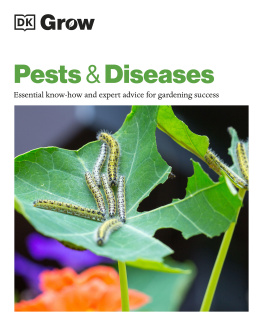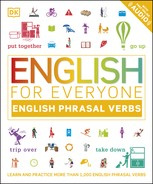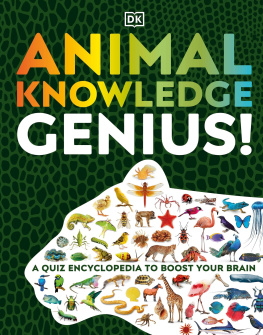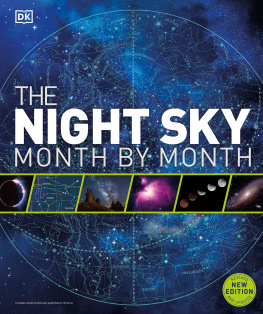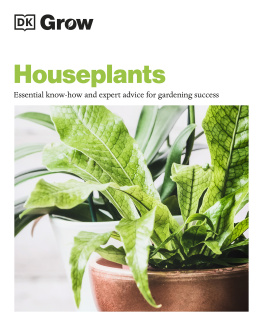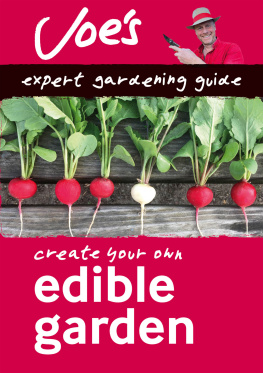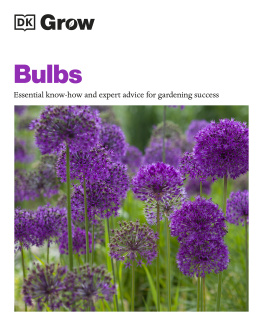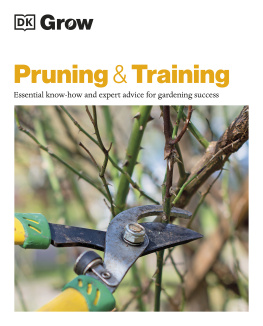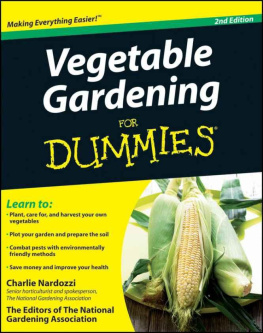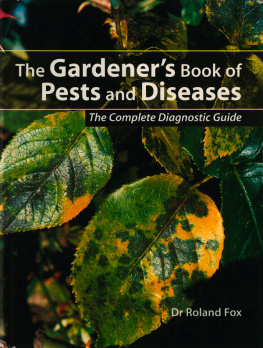g
Author Jo Whittingham
PUBLISHER ACKNOWLEDGMENTS DK would like to thank Mary-Clare Jerram for developing the original concept, Margaret McCormack for indexing, Diana Vowles for proofreading, and Paul Reid, Marek Walisiewicz, and the Cobalt team for their hard work in putting this book together.
PICTURE CREDITS
The publisher would like to thank the following for their kind permission to reproduce their photographs:
Alamy Stock Photo: A Garden; Alec Scaresbrook; Amelia Martin; Andrew Harker; Andrew Hasson; Arterra Picture Library; Ashley Cooper pics; Avalon.red; blickwinkel, C. Avilez; Cavan Images; Christian Htter; christopher miles; Clare Gainey; Claudio Fichera; Colin Underhill; Dave Bevan; David Norton; Deborah Vernon; Denis Crawford; Diane Randell; Farmer; Fcerez; FLPA; Frank Hecker; gardeningpix; garfotos; Genevieve Vallee; GFK-Flora; Gillian Pullinger; GKSFlorapics; Graham Prentice; Hhelene; James Davidson; Jeanette Teare Garden Images; Jinny Goodman; Joe; Juniors Bildarchiv GmbH; katewarn images; Kathy deWitt; Larry Doherty; Les. Ladbury; Linda Jones; Marcus Harrison; Martien van Gaalen; Martin Hughes-Jones; Matthew Taylor; Mike Ford; nagelestock.com; Nature and Science; Nigel Cattlin; Papilio; Paulo Oliveira; pbpvision; Philip Mugridge; RM Floral; ronstik; Ros Crosland; Steven Chadwick; Vaclav Mach; Washington Imaging; wda delta; Westend61 GmbH; Wlodzimierz Dondzik; Zoonar GmbH.
Dorling Kindersley: 123RF.com: Denis Tabler; 123RF.com: Marie-Ann Daloia / mariedaloia; 123RF.com: schan; Igor Zhorov; Alan Buckingham; Brian North / RHS Hampton Court Flower Show 2012; Brian North / Waterperry Gardens; David Fenwick; Dreamstime.com: Frankjoe1815; Dreamstime.com: Inna Kyselova; Dreamstime.com: Jordan Roper; Dreamstime.com: Marilyn Barbone; Dreamstime.com: Photographyfirm; Dreamstime.com: Vitaliy Parts; Dreamstime.com: Whiskybottle; Fotolia: Thomas Dobner / Dual Aspect; Mark Winwood / Ball Colegrave; Mark Winwood / RHS Chelsea Flower Show 2014; Mark Winwood / RHS Wisley; Neil Fletcher; Peter Anderson; Thomas Marent.
GAP Photos: Dave Bevan; Lee Avison; Thomas Alamy.
Getty Images: 3drenderings; Akchamczuk; coramueller;
Goodboy Picture Company; jess311; Magdevski; SolStock.
Jo Whittingham .
Cover images: Front: Alamy Stock Photo: Paula French
Illustrations by Cobalt id.
All other images Dorling Kindersley
g
PLANT PROBLEMS
The health of plants is important to every gardener, but our attitudes to pests and diseases have shifted in recent years. We have become more tolerant of minor problems and found ways to garden in closer harmony with nature, reducing our use of chemical pesticides, which can harm beneficial wildlife. Spotting problems early is crucial to effective control, so learning to recognize the tell-tale signs of pests, diseases, and disorders is always worthwhile.
Grow Pests & Diseases | PLANT PROBLEMS
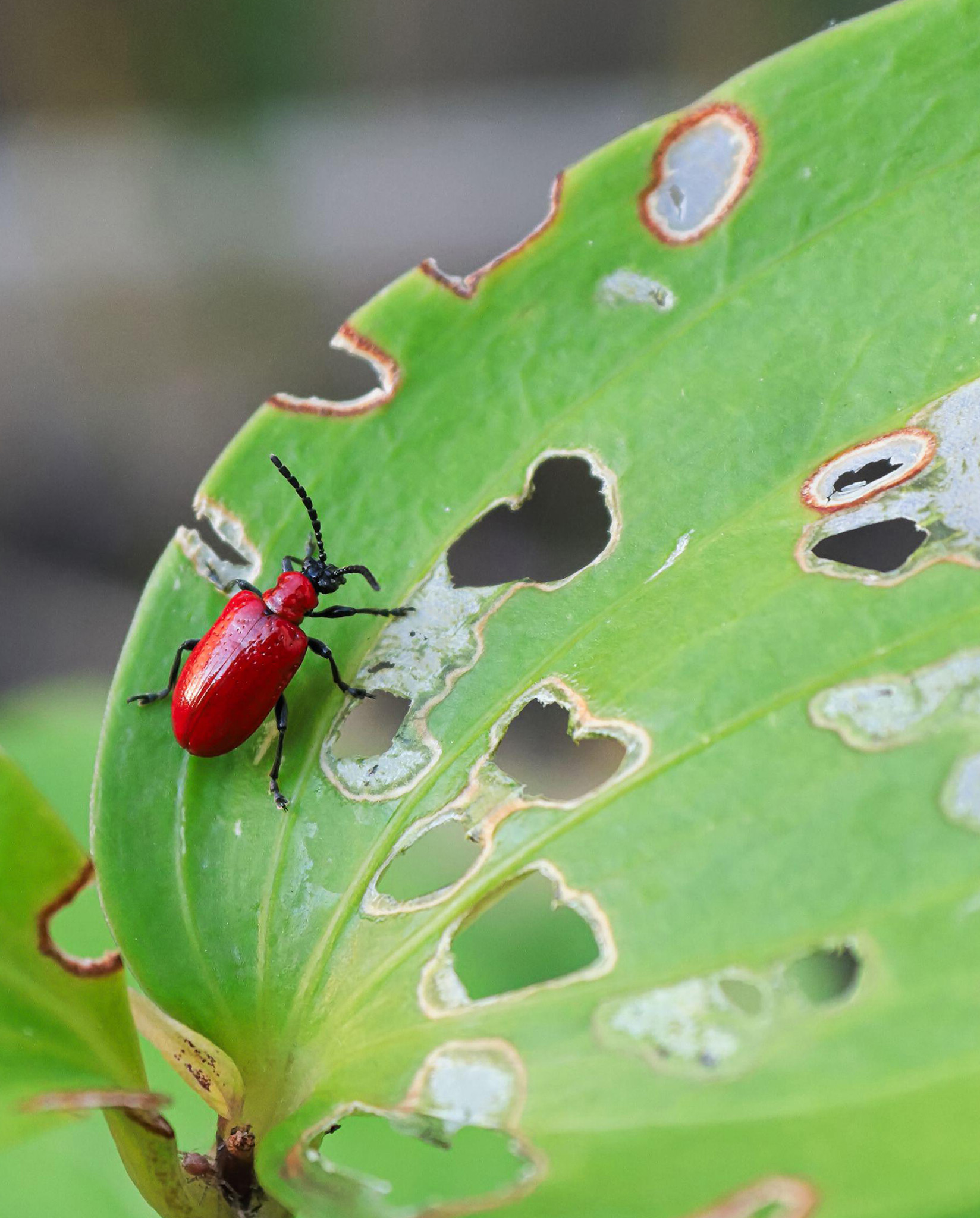
Lily beetles are one of many common insect pests that can spoil the appearance of ornamental plants and damage edible crops if left unchecked.
g
ADOPT A POSITIVE APPROACH
We grow plants to enhance our surroundings or to produce generous harvests of crops. Pests and diseases can thwart these ambitions and it is tempting to turn to chemicals to remedy problems, but in recent decades it has become clear that pesticides have negative impacts on wildlife and the environment. Fortunately, there are positive alternatives. By building your knowledge about pests and diseases you can identify the best remedies, and work with nature by, for example, promoting soil health and encouraging beneficial wildlife into your garden to grow healthy and beautiful plants.
PERFECTLY IMPERFECT
Dont feel intimidated by the immaculate blooms and unblemished rows of crop plants that you see on the pages of gardening magazines. Gardening should be a relaxing pursuit. Learn to tolerate minor damage that most pests and diseases inflict on healthy plants and accept that nibbled leaves or a few marks on your homegrown produce are nothing to worry about. Opt for planting styles full of diversity, where a bit of damage is less noticeable and problems are likely to affect only a few of the plants. Try roses in a mixed border with bulbs and perennials rather than a traditional rose bed, or a potager-style planting where edible crops are mixed with ornamentals.
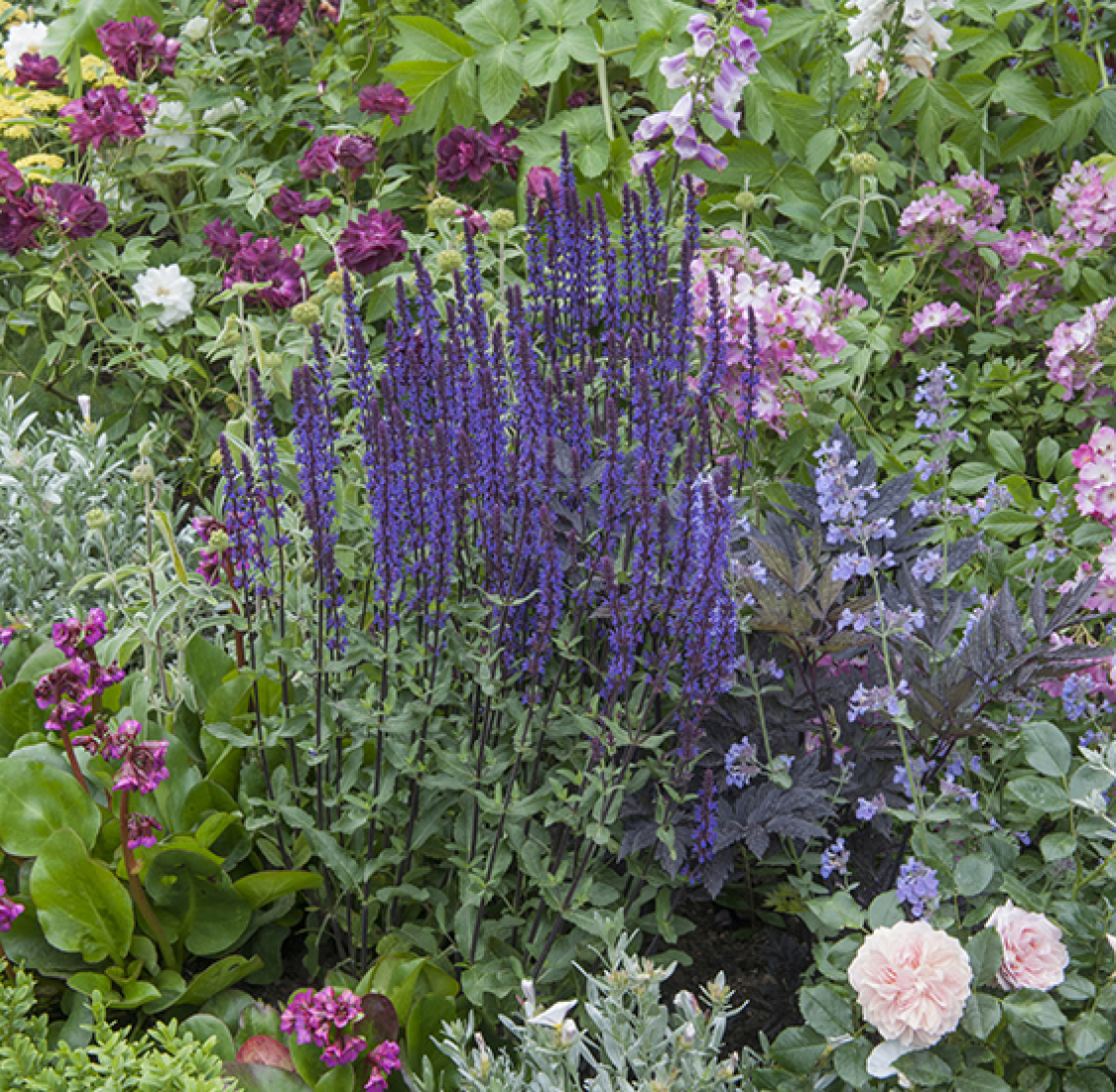
Diverse plantings help to avoid problems with pests and diseases.
ENCOURAGE A NATURAL BALANCE
Successful gardening is about creating an environment where a variety of organisms can flourish alongside your plants, rather than trying to wipe out the bad guys branded as pests and diseases. Promoting this diversity, by limiting or avoiding the use of chemical controls and providing sources of food and shelter, repays you by bringing in beneficial creatures, which naturally limit pest populations on your plants. Adding plenty of organic matter to your soil each year will also attract soil-dwelling creatures to break it down as they feed, boosting soil health and producing robust plants that are more resistant to disease. Every garden is potentially a resource to share with wildlife, filled with year-round blooms for pollinating insects, berries and bugs for birds, and shelter for all kinds of creatures. It makes good sense to welcome them in.
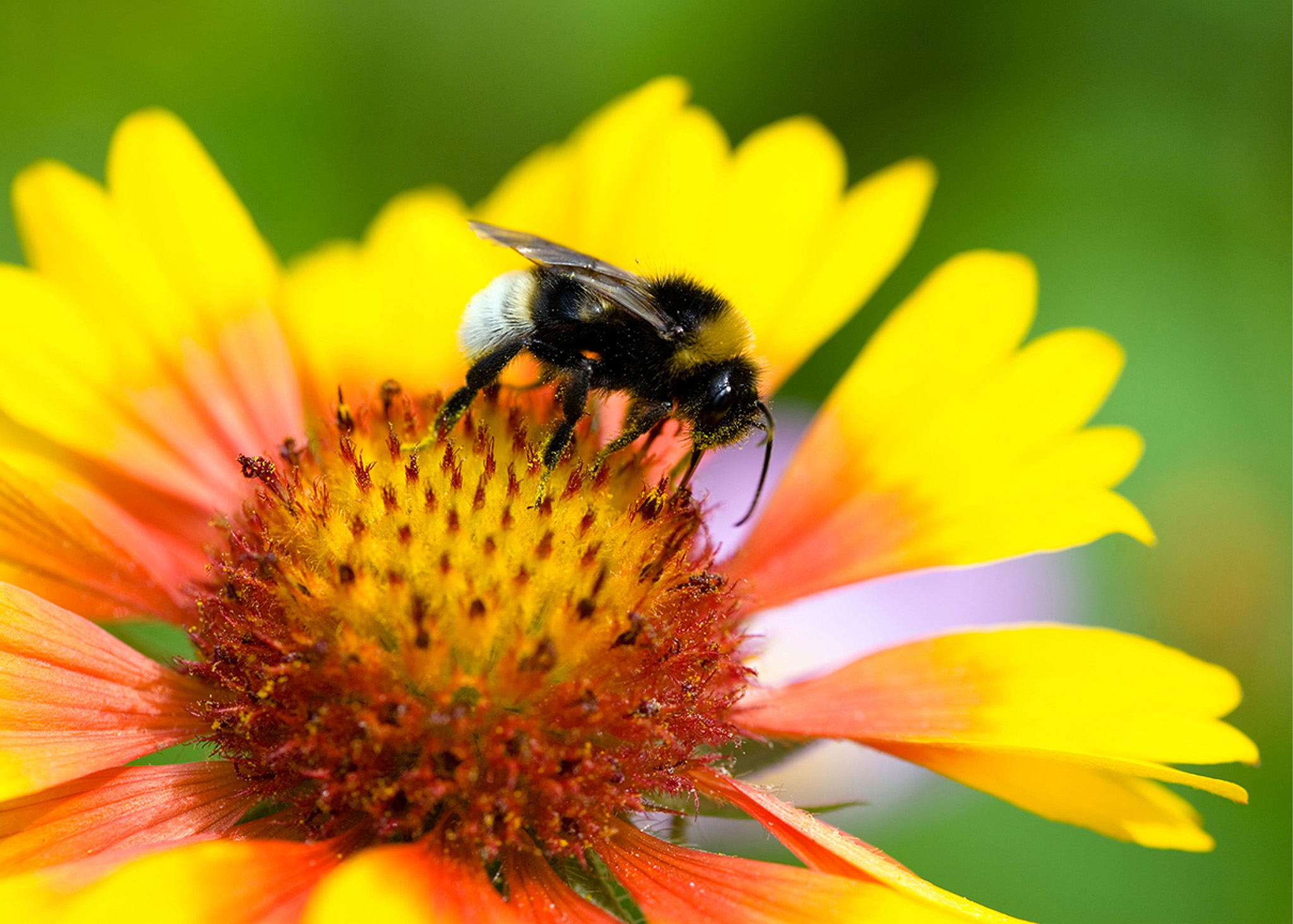
Bumblebees are valuable pollinators, and can easily be attracted into your garden by planting colourful flowers.
GET LOCAL KNOWLEDGE
Dealing with pests and diseases effectively depends on pinpointing the problem. This is no easy matter. Many varied organisms attack plants, often producing similar symptoms. This book will help identify the agents responsible, but theres no substitute for experience and local knowledge.
Start by finding out which pests and diseases trouble your neighbours, fellow allotment-holders, or even local farmers. This will narrow down the most likely candidates and suggest preventative measures to stop the pests and diseases before they take hold. Use local information to guide your choices when planting, by selecting ornamental and edible plants less susceptible to problems in your area, or even timing the planting of vegetable crops to avoid them. Knowing what to watch out for will also allow you to spot symptoms early and deal with pests and diseases swiftly before any major damage is done.
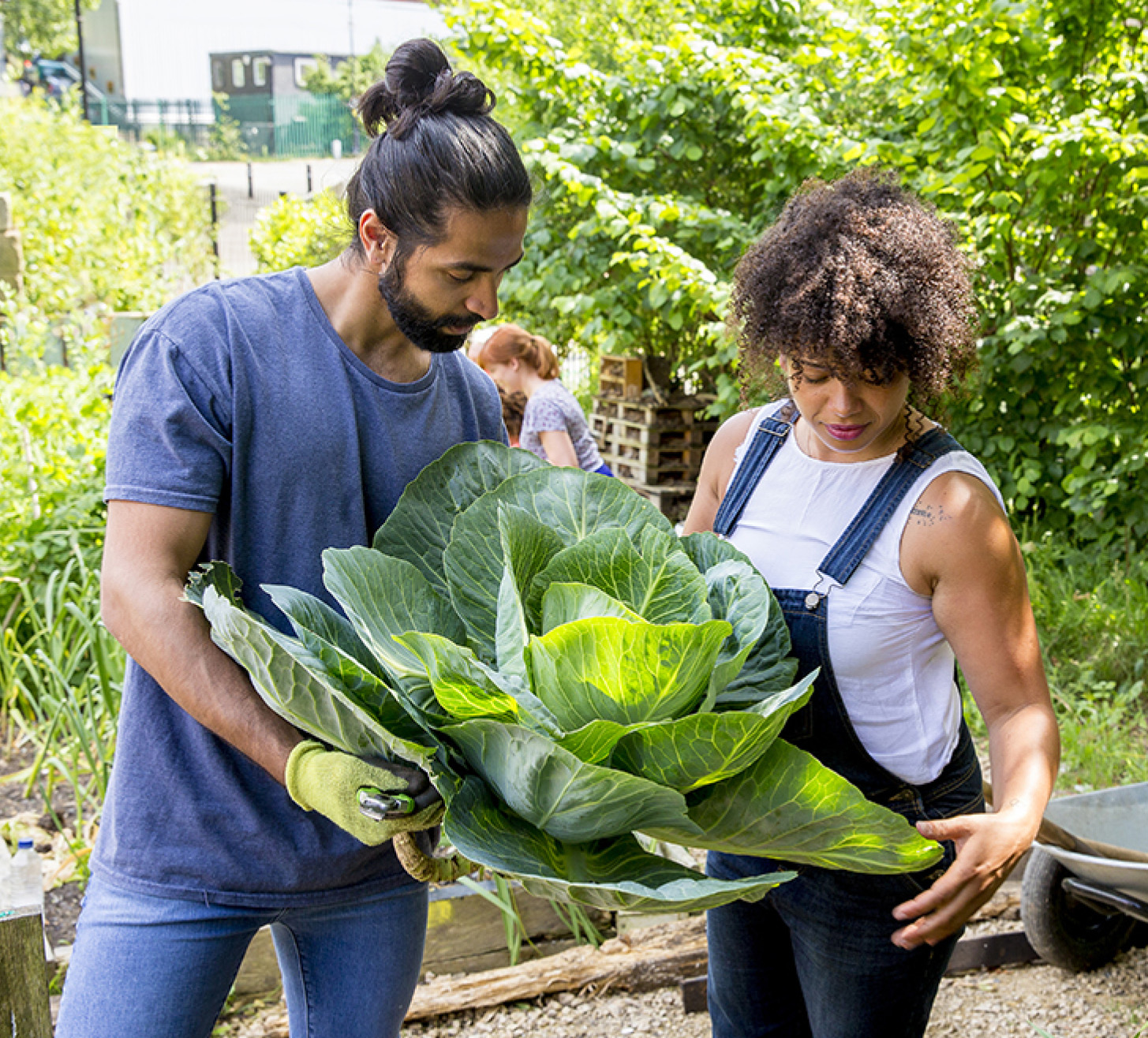
Tap into local gardening groups and online forums for targeted advice.
LEARN FROM YOUR LOSSES
Even in the most successful gardens, some seedlings will be eaten by slugs, fruit crops will be damaged by birds, and a few plants will succumb to frost in a cold winter. Far from being a sign of failure, these losses are an inevitable part of gardening, providing a valuable way to learn how to better protect your plants from harm next year, or a useful indicator of plants that might be unsuitable for your soil conditions and climate. The key to taking a positive away from a disappointment is always to try to identify the cause of the problem, whether thats a pest, a disease, or a mistake when sowing or planting, to increase your horticultural knowledge and avoid it being repeated.

